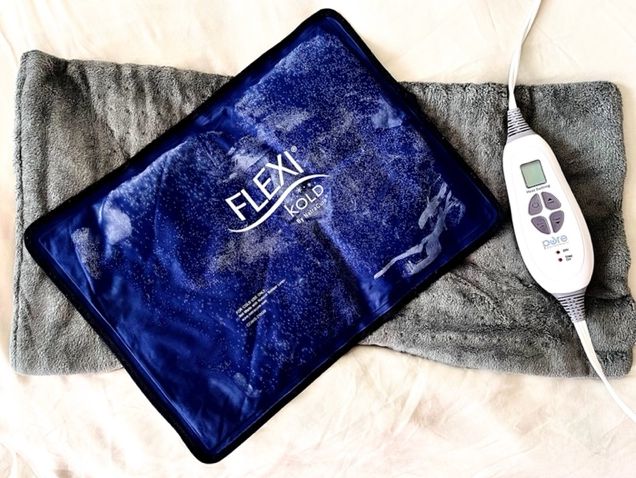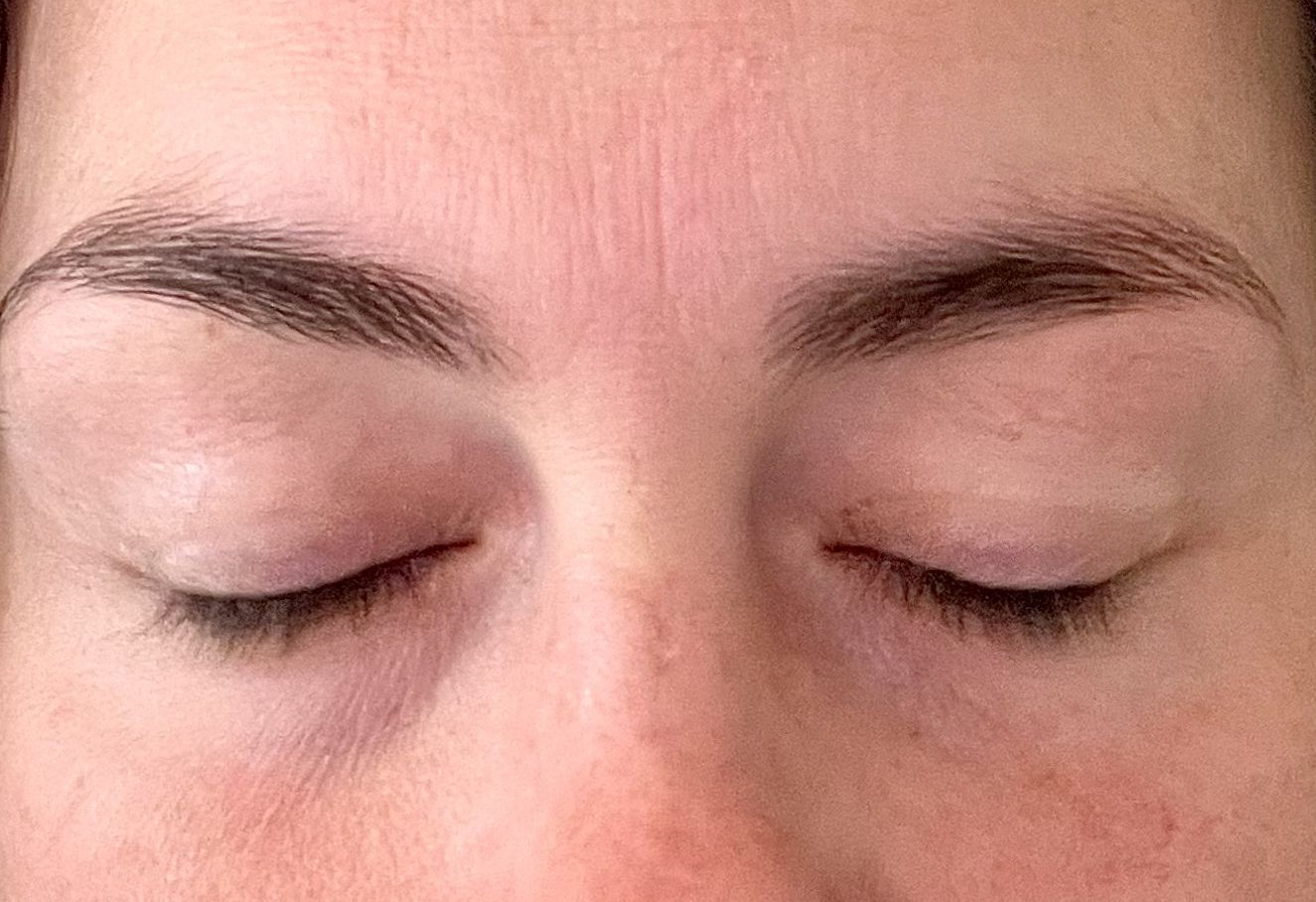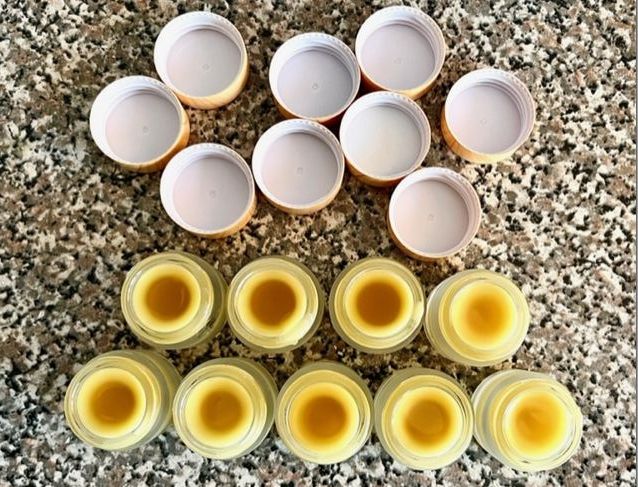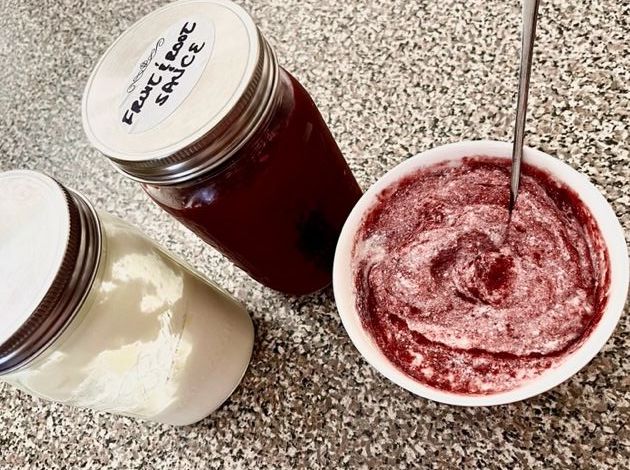60 Minutes to Daily Self-Care
Most parents struggle to prioritize self-care. This can be especially challenging for mothers. But the irony of self-care is that it actually makes you a better parent; it directly fuels your capacity for patience, endurance, and compassion–all of which active parenting can consume at a rapid rate!
It has been very hard for me to learn to prioritize self-care. It seems counter-intuitive when my conscious brain feels like I want to give everything that I have to my children. But, lately, there have been too many days when I’ve realized I’ve needed to pee for hours and haven’t had a moment to stop to go to the bathroom. So, I’m trying to change that.

There’s 24 hours in a day. I figure I can dedicate 1 hour per day towards self-care–especially if I break it up into 15-minute increments. Sometimes, I involve the kids in the self-care activity, especially if that’s the only way I’ll manage to incorporate it that day. Here’s what I’ve started doing.
medical advice disclaimer: This website does not provide medical advice and is intended for informational purposes only. Any statements or claims about the possible health benefits conferred by any foods or supplements have not been evaluated by the Food & Drug Administration (FDA) and are not intended to diagnose, treat, prevent or cure any disease.
affiliate disclaimer: This post contains affiliate links. See my full affiliate disclosure for more information.

1. stretching (15 minutes)
Stretching can decrease stress, increase flexibility, improve circulation, and mediate pain. It has been found to directly improve chronic back pain. It elevates body temperature, increases oxygen flow to different parts of the body, and minimizes the risk of injury.
The only downside? It takes time. Stretching too fast can do more harm than good. It’s better to dedicate real time to stretching and fully enter into the activity. I have an old injury in my lower back that bothers me on long days. For the past 6 years, I have developed back pain between my shoulder blades, along the muscle groups on either side of the spine. I think this is related to constantly holding, nursing, or cradling babies and toddlers.
My back pain has been steadily increasing, so I’ve started stretching upon waking and before bed. This helps both my upper and lower back and is already starting to improve my sleep, my stress and energy levels, and the amount of pain I feel throughout the day.
benefits:
- decrease stress
- improve flexibility
- improve circulation
- mediate back pain
- elevate body temperature
- increase oxygen
- minimize risk of injury
tips:
- Give yourself the full 15 minutes. Put on a timer, then forget about time.
- Be gentle with your muscles while stretching; don’t push too hard.
- Try using a foam roller to work out knots or tight muscle groups. Be gentle with the foam roller and never use it directly on the spine or on joints.
- If you are pregnant, you are producing a hormone called relaxin, which improves flexibility. Just because you can stretch further than normal, try to not to hyper-extend your body.
- Use this time to be conscious of how deeply you breathe. The deeper your inhalations and longer your exhalations, the more relaxed you will become.
sourcing:
I use the yoga mat and foam roller in the above picture. The mat is organic and made of natural jute. After breathing in too many chemical smells with my old yoga mat, I decided to invest in one that doesn’t off-gas. I’ve been very pleased with this one. The foam roller is recommended by many chiropractors and physical therapists and is one of Amazon’s Basics.
how to incorporate the little ones:
Stretching is fun and exciting for most children, and involving them is easy. Just hold firm lines about the types of stretching you’re doing. Encourage calm and quiet. Let the older ones try to mimic you without engaging them in conversation. The little ones will love that you’re on the floor and will likely mimic you without encouragement. Try playing some calm music to foster a relaxing atmosphere. If it leads naturally into cuddle/quiet time, all the better!

2. hot & cold therapy (15 minutes)
Cold therapy has been found to help to reduce pain, blood flow, edema, inflammation, muscle spasm, and metabolic demand. Heat therapy has been found to convey pain relief and increase blood flow, metabolism, and elasticity of connective tissues. Heat therapy is also particularly beneficial for women during menstruation and postpartum periods.
I became familiar with hot and cold therapy during my first homebirth. Both heat and cold convey different types of relief for different types of pain. I regularly use cold therapy to combat back pain, headaches, and sore muscles. I use heat therapy to improve circulation in my back and mediate pain during menstruation and the days immediately following birth when the uterus is shrinking back to its normal size. I’ve also used heat to alleviate stomach cramping and convulsions.
cold benefits:
- reduce pain & blood flow
- reduce edema and inflammation
- reduce muscle spasm and metabolic demand
heat benefits:
- reduce pain (especially for women during menstruation and postpartum)
- increase circulation, metabolism, and elasticity of connective tissues
tips:
- Use hot or cold therapy for a minimum of 15 minutes at a time.
- Bedtime or an afternoon rest is a great time to incorporate hot or cold therapy.
- You can easily nurse while doing hot or cold therapy.
- For a bad injury, try icing the injury for 15-20 minutes, followed by heating the area for 15-20 minutes to improve circulation and elasticity.
- Take it easy when getting up after hot or cold therapy. Go slow and stretch if necessary; this is especially important after cold therapy.
sourcing:
I use the cold pack and heating pad in the above picture. The cold pack is oversized and easily treats either my entire upper back or my entire lower back. The heating pad is also extra large so that it can wrap around my pelvis or abdomen.
how to incorporate the little ones:
This is obviously not a great activity to incorporate the kids into. Luckily, it can easily be managed before you go to bed. For older kids (ages 5+), a heating pad may bring pain relief and comfort during gastrointestinal upset. Just buy one that can be washed.

3. magnesium bath (15 minutes)
Magnesium is an essential mineral, instrumental in the functioning of multiple vital organs. Magnesium is required for DNA and RNA synthesis, reproduction, and protein synthesis. Magnesium is a cofactor in more than 300 enzyme systems that regulate diverse biochemical reactions in the body, including protein synthesis, muscle and nerve function, blood glucose control, and blood pressure regulation.
Magnesium plays a role in the activation of vitamin D, which helps regulate calcium and phosphate homeostasis for bone growth and maintenance. Magnesium is critical for proper cardiovascular function and neuro-cognitive function and has been found to be highly successful in treating depressive mood disorders.
Magnesium is necessary for life. However, due to depleted soil and processed food, our modern culture is largely deficient in magnesium. It is difficult to consume enough magnesium through the digestive tract, but magnesium is easily absorbed through the skin and contributes to skin elasticity and integrity.
Anyone who has ever taken a bath or soaked in a hot tub has experienced hydrotherapy. Hydrotherapy–either in the form of a shower or a birthing pool–is an excellent form of natural pain relief. When you combine magnesium salts with hydrotherapy, you reap the benefit of both.
benefits:
- improve muscle, nerve, blood, and bone function
- improve cardiovascular and neurological health
- reduce depression and anxiety
- improve skin health
- improve sleep
tips:
- Add 1 cup of magnesium flakes to a warm bath, then soak for a minimum of 15 minutes.
- Make sure the bath is warm, not hot. If it is hot, it will encourage sweat, which is wonderfully detoxifying. However, if you are trying to absorb magnesium through the skin, warm (not hot) water is best.
- If you want to enjoy the benefits of a hot bath, soak for 10 minutes without the magnesium salts, then add the salts once the water has cooled down.
- Make sure to hydrate before or after the bath to prevent lightheadedness.
- If you don’t have time for a full bath, try a magnesium foot bath.
sourcing:
I use the magnesium salt flakes pictured above. If you think a foot bath is more realistic for you, make do with a bucket or a kitchen pot or invest in a foot bath. Finally, if you can’t find time for either a body or a foot bath, consider supplementing with oral magnesium before bed.
how to incorporate the little ones:
This is a great activity to include kids, although one kid at a time is likely easiest. Put on calming music, encourage cuddles, and relax as you and your little one absorb some magnesium and together time. Try this during normal bath time and end with a quick shower for you both or soap scrub in the bath water after your 15 minutes are up. Magnesium supplementation + hydrotherapy + clean bodies (big and little) = win-win-win!

4. sunlight/time outdoors (15 minutes)
According to a peer-reviewed article in the International Journal of Environmental Research and Public Health,
“[i]nsufficient sun exposure may be responsible for 340,000 deaths in the United States and 480,000 deaths in Europe per year, and an increased incidence of breast cancer, colorectal cancer, hypertension, cardiovascular disease, metabolic syndrome, multiple sclerosis, Alzheimer’s disease, autism, asthma, type 1 diabetes and myopia.”
“Insufficient Sun Exposure Has Become a Real Public Health Problem”
Human beings use sunlight to create vitamin D, which is essential for bone health and immune function. Sunlight helps to regulate our sleeping patterns through the formation of nitric oxide, melatonin, and serotonin. Avoiding sunburn is still advocated to reduce risk of skin cancer, but medical authorities are now advocating a more balanced approach to regular sunlight exposure.
Time spent outdoors is also correlated with multiple health benefits. So, even if it’s cloudy or raining, the outdoor access to oxygen, growing things, and sky is beneficial for the body and the mind. I find that stepping outside for a few minutes when I’m feeling overwhelmed or on the edge helps immediately. It also works like magic for an upset infant or toddler. Simply holding the child, walking around outdoors, and murmuring or singing calmly can put to rest a full-out meltdown before it begins.
benefits:
- preventative against most major diseases
- causes the body to create its own vitamin D
- improves immune function, bone health, and cognitive function
- regulates sleeping and waking patterns (circadian rhythms)
- alleviates stress, anxiety, and depression
- can help to calm overwhelmed adults and children
tips:
- Spend at least 15 minutes per day outside; dress for the weather.
- Include the kids, unless you need a minute to calm down.
- Try having meals or snacks outside when the weather permits.
- Expose as much skin as you can to sunlight for short periods of time (15-30 minutes)
- Use sunglasses and clothing to avoid sunburn.
sourcing:
It’s free; it’s glorious; and it’s right outside your door!
how to incorporate the little ones:
This is the easiest self-care activity to get in every day with the kids! Take a short walk in your backyard, read books or eat snack outdoors, head to a park or a body of water–just get out there. Let the kids run around and try to spend the time off of your phone, soaking up some sunlight and fresh air. If you can manage it, run around and play with the little ones. Take a bike ride with a tiny passenger behind you; take the kids for a quick walk or run in a jogging stroller. Whatever gets you moving and breathing outdoor air. Your kids will love you for it!

why self-care matters
Being a parent is hard and exhausting work, but it’s also some of the most rewarding work known to humanity. Your little ones need constant care and attention. You need less care and attention, but you still need care and attention. If you take a balanced approach to caring for yourself, you are much more likely to be able to give the best of yourself–the parts of you that you’re most proud of–to your kids and your loved ones. And if you can incorporate the kids into your self-care routine, well, that’s just a bonus 🙂
What do you do for self-care as a parent? Leave a comment with some tips or tricks that work for you!







